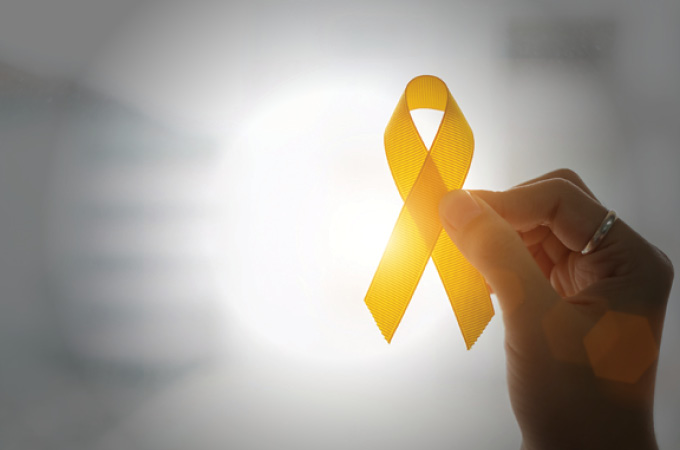Suicide Prevention Awareness Month brings critical attention to an issue that is never easy to discuss. Families may notice signs that a relative is struggling with suicidal thoughts, but they may not know how to start a compassionate conversation about it. They also may be unsure where to go for assistance, either in the short or long term. This month serves as an important reminder that there is help for individuals considering suicide—and hope for those who love them.
children and teenagers
Norbi Forero, director of outpatient services at the Great Circle mental health nonprofit, says there are several key signs to look for in young people who may be contemplating suicide.
“It’s important to remember that anyone can be at risk, not just those who have a mental health diagnosis,” she notes. “Especially look out for kids who have experienced a recent loss or are dealing with bullying. If they are struggling, you’ll be able to help them best if you listen to what is going on without inserting your own thoughts or judgments. Show that you are there to support them and their individual needs.”
Forero advises families to stay alert for combinations of the following behaviors:
- Comments about death or wanting to die
- Feelings of hopelessness or being without purpose
- Ideas of feeling trapped or experiencing unbearable pain
- Feeling like a burden to others
- Drug or alcohol use
- Agitation, anxiety, depression or reckless behavior
- Changes in sleep patterns, either too much or too little
- Self-isolation or rage toward others
- Drastic changes in appearance or mood
- Physical self-harm or body modifications that are out of character
- Sudden calmness that suggests the person may be preparing for suicide
- Giving away personal belongings or contacting loved ones to say goodbye
adults and seniors
Adults considering suicide can show many of the same signs as young people, but additional factors may complicate the situation. Seniors often experience heightened feelings of loneliness and fear, especially if they have lost a spouse or are living alone. They also may be less likely to have family members nearby who can be on the lookout for signs of trouble.
Additional risk factors for adults and seniors include:
- Age-related physical illness, disability or pain
- Social isolation
- Chronic mental health issues including substance use
- Inability to adapt to change
If you have a loved one of any age who is experiencing suicidal thoughts, it’s important to understand that reaching out for support is an act of courage, not a sign of weakness. If the possibility of self-harm seems imminent, call for immediate assistance. Stay with the person until help arrives, remove any objects that could be used to injure, and listen without judgment. Anyone can play a role in preventing a suicide, and there are many caring organizations and professionals available to help.
For immediate assistance, call 911 or the National Suicide Prevention Lifeline at 800.273.TALK (8255). To access local services for children and teens, contact Great Circle at 844.424.3577 or visit greatcircle.org.
Additional sources: Suicide Prevention Resource Center, SAMHSA








